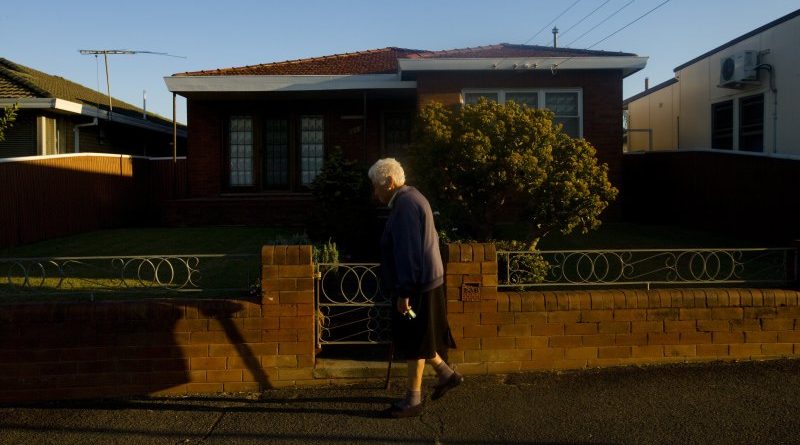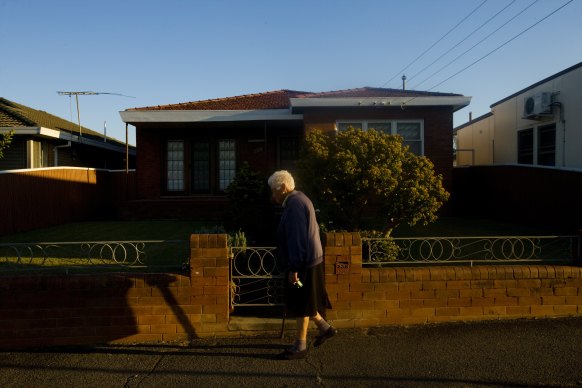The tricky question for pensioners: Are you a homeowner?
Whether you are a homeowner for pension purposes is a trickier question than it may seem at first glance.
Logically, you know if you own (or are paying off) your home or not. So, when you are looking at downsizing into a retirement community it can come as a surprise that even when your contract is a lease or licence arrangement you can be considered a homeowner.
Knowing whether or not you are a homeowner is the first step in calculating your pension.Credit:Nic Walker
Why is it important? Because the threshold that applies to your pension assets test depends on whether you are considered to be a homeowner. It may also affect your eligibility for rent assistance, which can provide a fortnightly payment on top of your pension of up to $152 for singles and $143 for couples.
Most retirement village contracts are either a leasehold or a licence arrangement. The contract typically gives you the right to occupy the home and use the common areas and facilities of the village, and there are legislative protections in place that secure your financial interest in the property. The amount you pay to the village may be described as a payment, a loan or even a donation.
From a pension perspective, whether or not you are a homeowner under these contracts will be based on the amount you pay. The purchase price is compared to what is known as the extra allowable amount, which is the difference between the homeowner and non-homeowner asset thresholds. Currently, that amount is $224,500.
In most circumstances the amount you pay will be more than the extra allowable amount. Under these circumstances you are classified as a homeowner, the amount you have paid for your home is an exempt asset, and you don’t qualify for rent assistance.
If the amount you pay for your home in the village is equal to or less than $224,500, the opposite rules apply: you are considered a non-homeowner, the amount you have paid for your home is included in your assessable assets, and you can qualify for rent assistance. There is no detriment in having your home included in your assessable assets, as the higher asset threshold for non-homeowners covers the price you have paid.
The Centrelink rules that apply to land lease communities (sometimes called over 55s) are different because the nature of your contract is different. In a land lease community your contract has two parts: the purchase of your home and your lease on the land. It’s a bit like if your home was a yacht – you have your home, and then you pay to moor it.
Because of that Centrelink will say you are a homeowner (they don’t compare it to the extra allowable amount) and you can be eligible for rent assistance based on what’s called the “site fees”, which is the rent you pay for the land your home sits on.
Knowing whether or not you are a homeowner is the first step in calculating your pension. You can’t simply use the logic of “do I own my home”.
- Advice given in this article is general in nature and is not intended to influence readers’ decisions about investing or financial products. They should always seek their own professional advice that takes into account their own personal circumstances before making any financial decisions.
Rachel Lane is the principal of Aged Care Gurus and co-author of Aged Care, Who Cares?
The Money with Jess newsletter helps you budget, earn, invest and enjoy your money. Sign up to get it every Sunday.
Most Viewed in Money
From our partners
Source: Read Full Article



